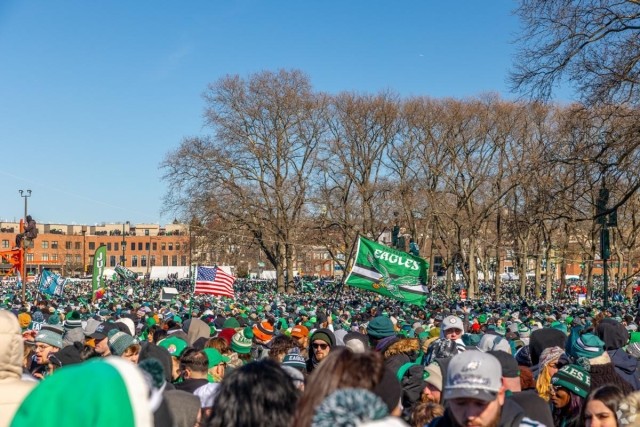Mold is a naturally occurring fungal growth and is often found in damp places. In places where moisture is present in your apartment, like the bathroom and kitchen, mold can form if the space isn’t properly ventilated. Mold can lead to respiratory issues and skin irritation, so you want to take care of it right away if you find mold in your apartment. If you suspect mold, ask yourself the following questions.
Do you see water spots?
Mold is created by moisture. Without it, mold wouldn’t exist. Mold spores float around in the air and if they land on a wet surface, they can start to grow. Any time you see a water spot on the ceiling, wall, or floor, there’s a potential for mold growth. Feel the spot to see if it’s damp to determine if water is present. Other signs of water damage include paint and wallpaper that’s bubbling, cracking, or peeling.
Are you having allergy symptoms?
Sneezing, runny nose, and red eyes are common allergy symptoms and don't necessarily indicate mold, but if you just can’t seem to kick your symptoms no matter what the season, the problem could be inside your home. When mold is growing in your apartment, it can cause severe allergic reactions when it’s inhaled or touched. If you’re allergic to mold, serious health concerns like asthma attacks can occur.
If your allergy symptoms are worse at home than they are outdoors or at other locations, then it’s quite possible mold could be the culprit.
Have you started getting headaches or experiencing memory problems?
The biggest cause for concern when it comes to mold is mycotoxins. These are produced by toxic strains of mold and can cause serious health problems. Symptoms include dizziness, headaches, short attention span, memory loss, and trouble concentrating. As with the allergy symptoms caused by non-toxic molds, if your symptoms are worse in your apartment than other places, that’s an indicator mold may be present.
Does something smell off?
If there is a moldy smell in your home, then mold could be the source. Even if you don’t see any signs of mold, if you smell it, then it’s worth investigating further.
What's that dirty spot?
People sometimes mistake mold for dirt, soot, or some other type of stain. The problem with a small spot of mold is it can be just the tip of the iceberg. There could be more mold lurking behind walls or in other spots you haven’t found yet. Mold comes in many colors, shapes, and sizes, so don’t assume it isn’t mold if it’s not black.
Do you have any known leaks?
If you have a leak, get it taken care of quickly. If you let it go, there’s a good chance mold will be your next problem. Because of its need for moisture, mold is often found around pipes both in front of and behind the wall. Get the leak fixed ASAP and check thoroughly for signs of mold.
Has there ever been any flooding?
Even after the water has receded, flooding can leave moisture behind, especially behind walls where it isn't noticeable for many years. If you live in an area prone to flooding, ask if your rental ever experienced water damage.
Are you noticing more condensation?
When there’s a lot of moisture in the air, condensation will collect. It’s a sign that you may have the right conditions for mold, especially where the condensation is present. High humidity will make condensation worse and the conditions for mold growth better.
If you think there’s mold in your home, contact the property manager or owner right away. While most mold isn't dangerous, letting it go could lead to bigger issues.




